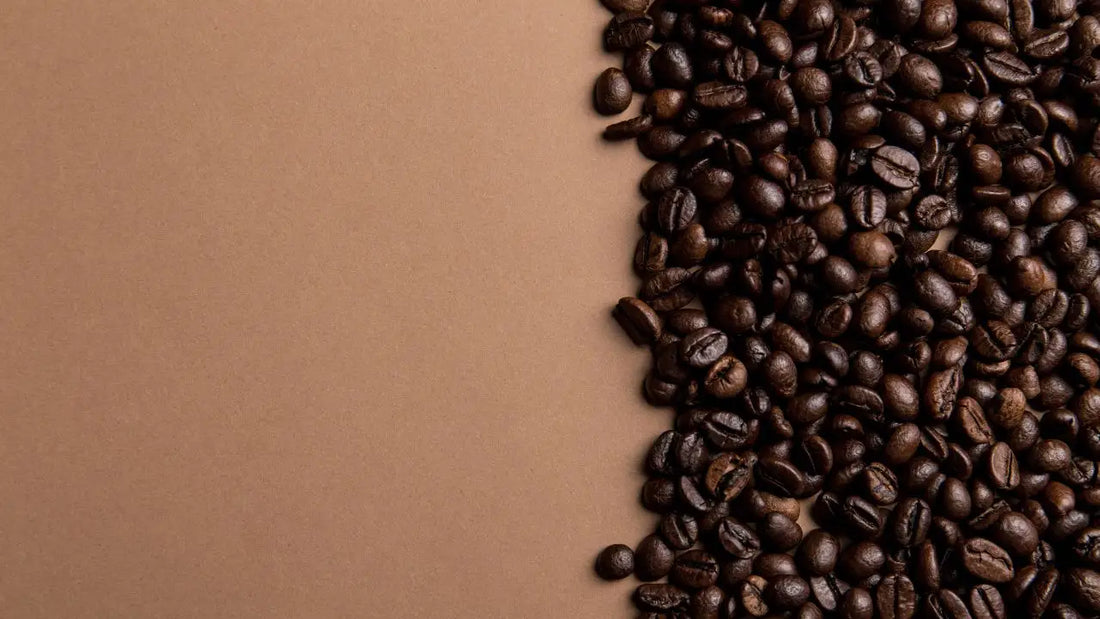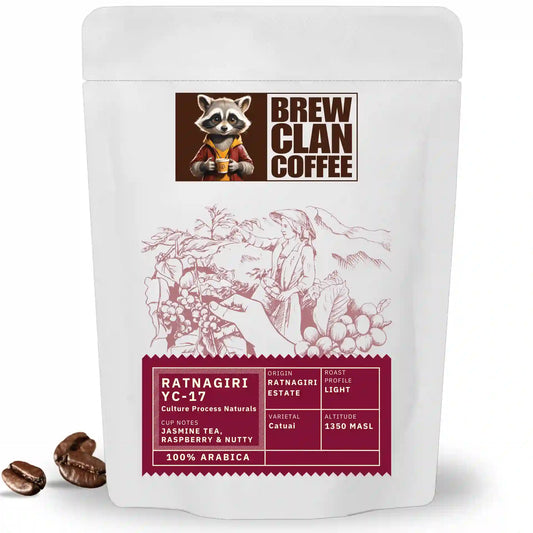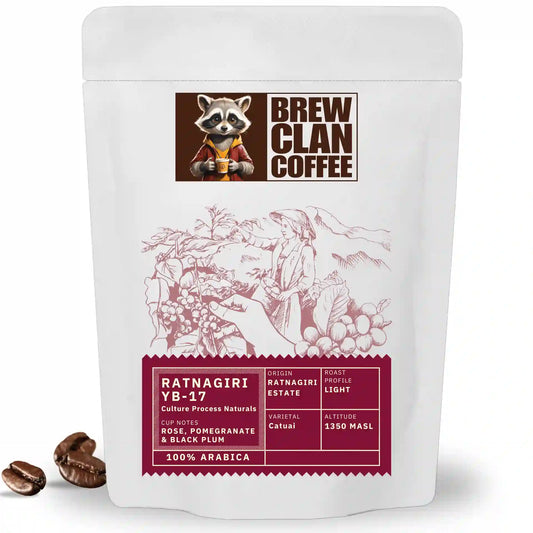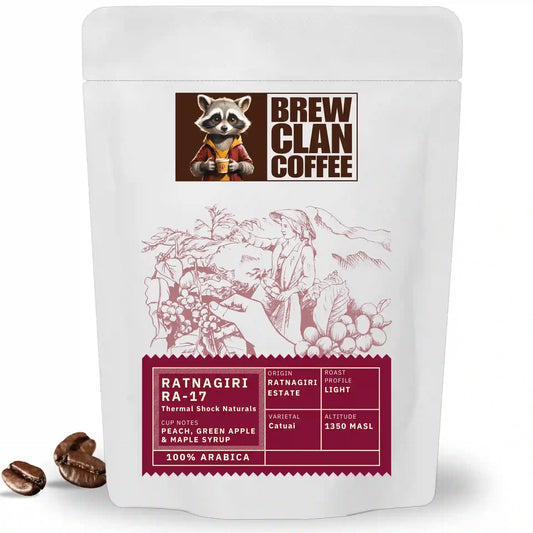
How to Choose the Right Coffee Beans for Cold Brew: A Complete Guide
Share
Ah, cold brew—the smooth operator of the coffee world. It’s the James Bond of brews: cool, collected, and always ready to impress. But even 007 needs the right gadgets, and for cold brew, that means selecting the perfect coffee beans.
Choosing the right beans isn’t just a matter of taste; it’s the secret sauce that transforms your cold brew from “meh” to “more, please!” Let’s dive into the nitty-gritty of selecting the best beans to make your cold brew the talk of the town (or at least your kitchen).
Understanding Cold Brew Coffee
Before we embark on our bean quest, let’s get acquainted with cold brew itself.
What is Cold Brew?
Cold brew is a brewing method where coffee grounds are steeped in cold or room-temperature water for an extended period, typically 12 to 24 hours. This slow extraction process yields a coffee concentrate that’s smooth, less acidic, and naturally sweet.
Why Bean Selection Matters
The cold brewing process emphasizes certain flavor profiles while muting others. Unlike hot brewing methods, which can highlight acidity and brightness, cold brew tends to accentuate chocolatey, nutty, and mellow flavors. Therefore, the beans you choose play a pivotal role in the final taste of your brew.
Factors to Consider When Choosing Beans
1. Roast Level
The roast level significantly impacts the flavor profile of your cold brew.
- Light Roast: These beans retain most of the original coffee characteristics, offering fruity and floral notes. However, cold brewing can mute their brightness, potentially resulting in a less vibrant cup.
- Medium Roast: Often the sweet spot for cold brew, medium roasts balance acidity and body, delivering a smooth and flavorful cup.
- Dark Roast: Dark roasts bring bold, rich flavors with notes of chocolate and nuts. They produce a robust cold brew with low acidity.
Expert Tip: According to coffee experts, medium and dark roasts are often preferred for cold brew due to their robust flavors that shine through even when diluted with water or milk. 
2. Origin
The geographical origin of coffee beans influences their flavor profiles.
- Latin American Beans: Known for chocolatey and nutty flavors, making them ideal for a classic cold brew taste.
- African Beans: Offer fruity and floral notes, which can add complexity to your brew.
- Asian Beans: Typically earthy and full-bodied, providing depth to your cold brew.
Expert Tip: Experts recommend medium roasts for the optimal balance of flavor, solubility, and sweetness in cold brew. Medium and darker roasts hold up better with milk, while lighter, fruit-forward African roasts are ideal for black cold brew. 
3. Processing Method
The way coffee beans are processed affects their flavor.
- Washed Process: Produces clean and bright flavors, highlighting the bean’s acidity.
- Natural Process: Beans are dried with the fruit intact, resulting in fruity and complex flavors.
- Honey Process: A hybrid method that offers a balance between the clarity of washed and the fruitiness of natural processes.

Recommended Coffee Beans for Cold Brew
1. Colombian Supremo (Medium Roast)
Flavor Profile: Chocolate, caramel, and nutty notes.
Why It Works: Colombian beans are renowned for their balanced flavor, making them a popular choice for cold brew enthusiasts.
2. Ethiopian Yirgacheffe (Light Roast)
Flavor Profile: Floral and citrus notes.
Why It Works: For those who enjoy a more delicate and nuanced cold brew, Ethiopian beans offer a unique flavor experience. 
3. Brazilian Santos (Dark Roast)
Flavor Profile: Nutty and cocoa undertones.
Why It Works: Brazilian beans provide a smooth and rich cold brew, perfect for those who prefer a bolder taste.
Brewing Tips for the Perfect Cold Brew
-
Grind Size: Use a coarse grind to prevent over-extraction and bitterness.
-
Coffee-to-Water Ratio: A common ratio is 1:8 (e.g., 125g of coffee to 1 liter of water). Adjust to taste.
-
Steeping Time: Steep your coffee for 12 to 24 hours in the refrigerator.
- Water Quality: Use filtered water to ensure a clean and pure taste.
- Expert Tip: A 1:8 ratio is recommended—1 gram of coffee for every 8 grams of water, then diluting as your final step. 
Common Mistakes to Avoid
-
Using the Wrong Roast Level: Light roasts can result in a weak and underwhelming cold brew.
-
Incorrect Grind Size: Too fine a grind can lead to over-extraction and bitterness.
-
Over-Steeping: Steeping beyond 24 hours can introduce unwanted bitterness.
- Poor Bean Storage: Store beans in an airtight container away from light and moisture to maintain freshness.
Conclusion
Selecting the right coffee beans is the cornerstone of crafting a delightful cold brew. By considering roast level, origin, and processing method, you can tailor your brew to your taste preferences. Remember, experimentation is key—don’t be afraid to try different beans and brewing methods to discover your perfect cup.
FAQs
Q: Can I use espresso beans for cold brew?
A: While you can use espresso beans, they are typically dark roasted and finely ground, which may not be ideal for cold brew. Opt for a coarse grind and consider medium to dark roasts for better results.
Q: How long can I store cold brew in the refrigerator?
A: Cold brew concentrate can be stored in the refrigerator for up to two weeks. However, for the best flavor, consume it within the first week.
Q: Is cold brew stronger than regular coffee?
A: Cold brew concentrate is typically stronger than regular coffee. However, it’s often diluted with water or milk before consumption, bringing the strength to a similar level.




